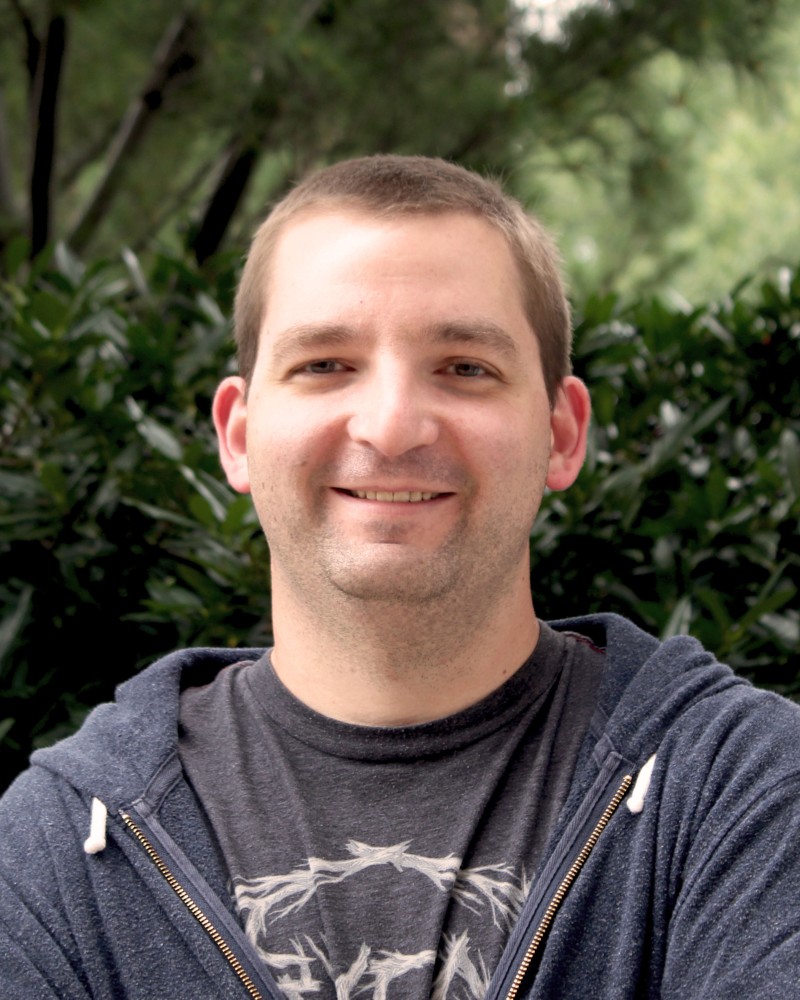

Using nature to fight liver cancer: youtube.com/watch?v=1BGCjw9DtKk
Using nature to fight liver cancer
Video by Jeffrey C. Chase | Photo courtesy of William Chain August 19, 2025
Chemistry breakthrough provides pathway to low-cost treatments
You may not be aware that most of the medicines that have been approved for treatment are rooted in nature.
For example, the bark of willow trees has been called nature’s aspirin because it contains a chemical called salicin. The human body converts salicin into salicylic acid, which relieves pain and fights fevers.

New research by William Chain, associate professor in the University of Delaware’s Department of Chemistry and Biochemistry, and his lab, uses a molecule found in a tropical fruit to offer hope in the fight against liver-related cancers, one of the world’s top causes of cancer deaths.
Using a process called natural product total synthesis, Chain and his lab group have invented a pathway that uses widely available chemicals to create molecules found in a guava plant that are known to fight these deadly cancers. The work was published in one of the leading chemistry publications, the international journal Angewandte Chemie.
The research provides scientists around the world with an easy and low cost method to create large amounts of the naturally-occurring molecules, and opens doors to more effective and cheaper treatments.
“The majority of clinically approved medicines are either made from a natural product or are based on one,” Chain said. “But there aren’t enough natural resources to make enough treatments. Now chemists will be able to take our manuscripts and basically follow our ‘recipe’ and they can make it themselves.”
The discovery invites collaboration with scientists around the world.
“We are the first ones to pave that road, and other people can repave it any which way. Find the shortcuts if they have to. But since we entered into that unknown territory, I think we helped shed light on this unknown pathway that can get us there. And I think that's the cool part,” said Liam O’Grady, doctoral student in Chain’s lab and the article’s first author.
The potential impact is enormous. The number of liver and bile duct cancer cases has grown dramatically in recent years, with one in 125 men and women globally projected to be diagnosed with hepatocellular cancer over the course of their lives.
In the United States, chemotherapies for liver cancers are a multi-billion-dollar health burden and the current five-year survival rates for late-stage liver cancers are under 15%. In 2025 in the US alone, more than 42,000 people will be diagnosed and over 30,000 will lose their battle.
The team is working with the National Cancer Institute on the next steps for the process, and whether the guava molecule may be effective in fighting other types of cancers.
Contact Us
Have a UDaily story idea?
Contact us at ocm@udel.edu
Members of the press
Contact us at mediarelations@udel.edu or visit the Media Relations website

